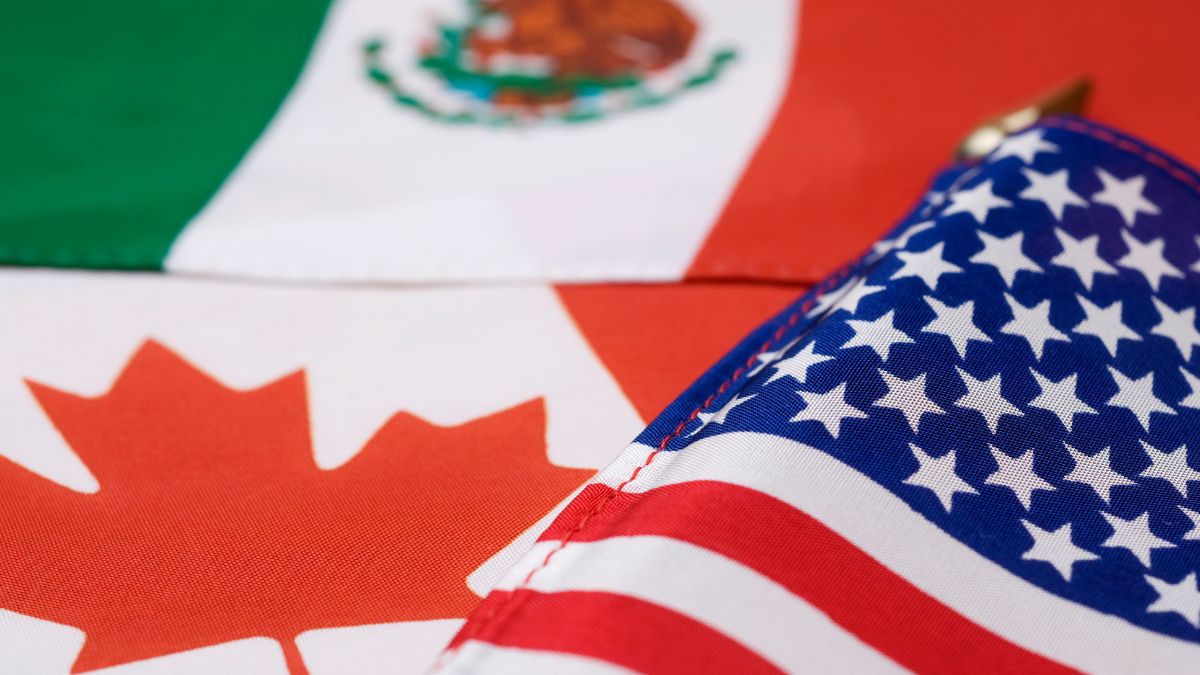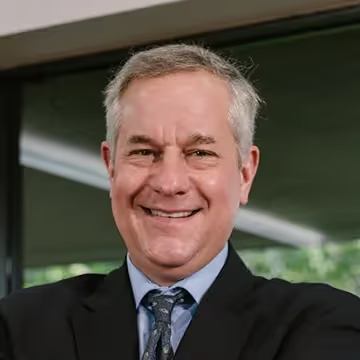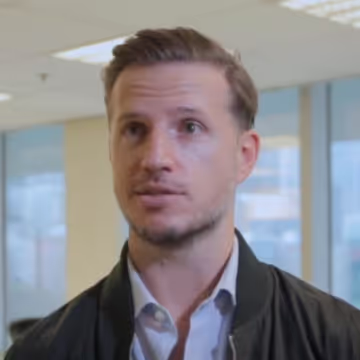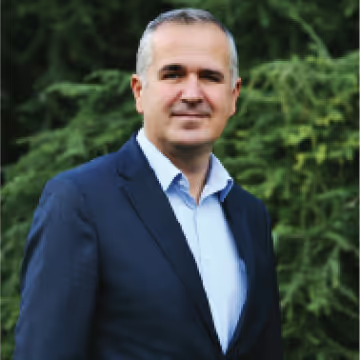One in every hundred new permanent residents to the United States and Canada arrives through an investment route, a figure that underlines the scale of mobility driven by capital and entrepreneurship.
We are Marlow Bray, a private advisory specialising in citizenship through financial routes and residency planning for high‑net‑worth families. We guide clients from Singapore through evaluation, application and structuring to meet cross‑border goals.
Residency investment typically means a qualifying outlay — such as real estate, business capital or government funds — that grants legal residence and, often, family inclusion and access to health and education.
In this article we outline the United States EB‑5, Canada’s Start‑Up Visa and Mexico’s investor routes, compare minimums, timelines and pathways to citizenship, and flag compliance issues to watch.
Our aim is to give a concise, decision‑ready framework so you can weigh business expansion, tax planning and lifestyle optionality with clarity.
Key Takeaways
- Investor routes can secure legal residence and include close family members.
- Options differ: job‑creation rules in the US, innovation endorsement in Canada, capital or property routes in Mexico.
- Benefits include visa‑free travel potential, market access for business and education for children.
- Due diligence and timely compliance are essential; regulations change.
- We work discreetly with legal and fiduciary teams to link residency with wealth and legacy plans.
Why North America for Residency Investment—Right Now
We guide our clients toward choices that combine commercial opportunity with quality of life. Access to deep markets, reputable healthcare, and strong schools makes selected North American routes attractive for families prioritising stability and growth.
Business Access, Lifestyle, and Mobility
Residency can unlock domestic market entry, family inclusion, and—where applicable—visa-free travel. Unlike many EU “golden visa” models focused on Schengen mobility, North American programmes emphasise real economic activity, education quality, and healthcare access.
US, Canada, and Mexico vs EU Golden Visas
Where EU programmes often lean on property, North American routes stress economic contribution or operational involvement: the US prioritises job creation, Canada requires innovation endorsement, and Mexico takes pragmatic capital or real-estate pathways. The practical advantages are proximity to major markets, rule-of-law certainty, and higher due-diligence standards that enhance long-term programme integrity.
How Residency by Investment Works—At a Glance
We assess qualifying categories—real estate, direct business stakes, approved funds, and government-linked vehicles—and explain how a route progresses from temporary status to permanent residence and, later, citizenship for those who meet presence rules. Expect staged timelines, rigorous source-of-funds checks, background screening, health cover, biometrics, and defined holding periods. Spouses and dependent children are commonly eligible; adult dependants are case-specific. We coordinate diligence and documentation so Singapore-based families proceed with minimal disruption.
Our Perspective for HNW Families
We design pathways that preserve Asian operations while adding global optionality. Recommendations are tied to legacy design, governance, and capital mobility, using holding structures, trusts, and foundations that work across borders.
Selection Criteria—What We Optimise
We align risk tolerance, time horizon, and desired business involvement with minimum outlay, processing speed, and maintain-investment rules. We benchmark months to initial approval, total years to PR or citizenship, day-count requirements, education and healthcare access, renewal cadence, and evidence of ongoing ties. The outcome is a discreet, personalised plan that fits liquidity, capital at risk, and operational appetite.
United States — EB-5 Immigrant Investor
EB-5 offers a direct route to US permanent residence via investment of USD 1.05m—or USD 800k in a Targeted Employment Area—creating or preserving ten full-time US jobs. Processing commonly takes two to three years to a conditional Green Card; conditions are removed by proving sustained investment and job creation. We help choose between direct projects and regional centres, run sponsor due diligence, structure escrow and reporting, and sequence school calendars and parallel filings for spouses and children. Real estate may feature in projects, but immigration outcomes—not property yield—drive the decision.
Canada — Start-Up Visa (SUV)
SUV converts an endorsed innovative venture into a pathway to PR. The core step is securing a letter of support from a designated VC, angel group, or incubator based on scalability, team, and IP. Typical processing is 18–24 months from endorsement. Families usually access work and study rights on landing. We craft the endorsement pitch, governance and cap table, plan interim work permits, and handle post-landing corporate, compliance, and tax milestones.
Mexico — Investor Residency via Capital or Real Estate
A cost-efficient complement to US and Canada, Mexico often starts around USD 100,000 into a private company or listed equities; real estate is a common alternative. Initial processing is typically two to three months with consular steps, biometrics, and local registrations. Most entrants obtain temporary residency with upgrade to PR after four years; in limited cases PR can be granted upfront depending on the structure. Spouses and dependants are usually included; work rights depend on category. We manage valuation, title, and property management, and deploy holding companies or trusts for estate planning and risk containment.
North America—Side-by-Side Considerations
Headline amounts: EB-5 requires USD 800k (TEA) or 1.05m; Canada SUV hinges on endorsement rather than a fixed capital floor; Mexico starts near USD 100k, with real estate popular. Timing: EB-5 typically two to three years; Canada 18–24 months; Mexico two to three months for initial permits and staged upgrades. Presence and renewals vary by route; we map days-in-country against school and business cycles. Work rights: EB-5 culminates in a Green Card; Canada grants PR work rights; Mexico varies by status. We curate a discreet comparison so clients align capital exposure, time to decision, and passport goals.
Tax, Structuring, and Wealth Preservation
We map tax outcomes alongside migration steps to avoid accidental tax residency and to preserve treaty benefits. Holding structures compartmentalise operational risk and support estate objectives through trusts, foundations, and corporate vehicles. We plan cashflows for investments, fees, and contingencies, and integrate insurance, banking, and reporting to protect status. North American routes favour real business capital and real estate over bond-style instruments common elsewhere.
Maintaining Residency—Days, Renewals, and Evidence
We actively manage calendars for required days and renewal windows. Routine checks—biometrics, medicals, police certificates—are scheduled around school terms and business peaks. Documentation is decisive: payroll, board minutes, property records, and bank statements must evidence investment maintenance and ongoing ties. We monitor rules, pre-empt audits, coordinate appointments and originals, and maintain impeccable compliance records.
Risk, Due Diligence, and Programme Changes
We track regulatory shifts, processing backlogs, project and counterparty risk, and vendor quality. Protections include escrow, staged funding, and independent oversight. We prepare robust source-of-funds narratives and compliance attestations built to withstand enhanced scrutiny, keep live risk registers, and sequence multi-country filings to avoid sunk costs.
How Marlow Bray Supports Your Plan
We provide board-level advice that aligns citizenship and residency aims with wealth preservation. Our process scores programmes against capital, timelines, and risk, manages end-to-end applications with white-glove document handling, and liaises directly with authorities. We integrate cross-border structuring—operating companies, holding vehicles, and trusts—to secure succession and governance, and we deliver continuity planning, settlement support, and contingency measures.
Next Steps...
We begin with a confidential profile review to set criteria and shortlist programmes. We map a month-by-month timeline for documents, filings, and decisions, aligned to school terms and business cycles.
Funding tranches are synced to regulatory milestones; communications flow through your family office; a compliance dossier is prepared early; and post-approval tasks—registrations, banking, and schooling—are scheduled. Success metrics are agreed up front: residency issuance, risk controls, and mobility alignment. Engage us to run the initial review and receive a tailored plan balancing time, cost, and the required investment steps.
FAQ
What types of qualifying investment allow us to obtain residency in the United States, Canada and Mexico?
We can pursue real estate purchases, direct business investments, venture capital or private equity in qualifying start‑ups, and government‑linked vehicles such as bonds or designated regional projects. The US EB‑5 relies on direct job‑creating investments (USD 1.05m standard or USD 800k in a targeted employment area). Canada favours endorsed start‑ups under the Start‑Up Visa with investment from designated organisations, while Mexico accepts capital deposits or property purchases that meet minimum thresholds. Each route has distinct maintain‑investment and reporting obligations.
How long does it typically take from application to residency status across these programmes?
Processing times vary. EB‑5 processing can take from 1.5 to 5+ years depending on visa backlog and regional centre use. Canada’s Start‑Up Visa decisions often occur within 12–16 months after endorsement, though timelines fluctuate. Mexico’s investor or temporary residency is usually resolved within months, with clear upgrade paths to permanent status after a few years. We advise planning for potential delays and monitoring government processing updates.
Can family members be included in our application and what are the usual criteria?
Yes. Spouses and dependent children are typically eligible to join the principal applicant. Canada includes spouses and dependants in permanent residency outcomes. The US EB‑5 covers the principal, spouse and unmarried children under 21. Mexico likewise permits family inclusion for temporary and permanent residency. Age limits, relationship proof and separate biometric checks apply, so we ensure all documentation is prepared correctly.
What are the residency‑day requirements to maintain status and preserve a path to permanent residency or citizenship?
Requirements differ by country. The US focuses on lawful permanent residency rules and continuous residence for naturalisation; extended absences may risk status. Canada requires physical presence for citizenship (currently 1,095 days in five years) and PR card renewals have residency obligations. Mexico sets day counts for permanent residency retention but offers flexible temporary residency renewals. We assess travel plans and propose a calendar to meet day‑count and tax‑residency rules.
How do tax residency and structuring interact with these programmes for Singapore‑based high net worth families?
We coordinate global mobility with tax law. Acquiring a residency permit does not automatically change tax residence — countries use different tests (days present, permanent home, economic ties). We recommend holding structures such as trusts or international companies, aligned with estate planning and succession goals, to manage exposure. Close collaboration with tax advisors in Singapore and the target country is essential to avoid unintended liabilities.
What are the common risks and due diligence steps we should consider before committing capital?
Key risks include regulatory change, project viability, sponsor credibility and currency exposure. We conduct legal, financial and reputational due diligence on sponsors, developers and designated organisations. For real‑estate routes, we examine title, market liquidity and exit options. For business or fund investments, we review business plans, governance and capital protection mechanisms. Diversification and independent legal advice reduce exposure.
How does the US EB‑5 conditional Green Card process work and what must we do to remove conditions?
EB‑5 recipients first obtain conditional permanent residency for two years. Within the 90‑day window before those two years expire, we file Form I‑829 to prove the investment created the required jobs and remained at risk. Successful adjudication removes conditions and grants unconditional Green Cards. We maintain employment and financial records, project reports and compliance documentation to support the petition.
What does Canada’s Start‑Up Visa require from a designated organisation and from the applicant?
Applicants must secure a letter of support from a designated venture capital fund, angel investor group or business incubator that commits a specified investment or endorsement. The entrepreneur must meet language and settlement funds criteria and show that the business is viable and the organisation’s conditions are met. Once the endorsement is issued, we file for permanent residency and prepare evidence of ongoing business activity.
If we invest in Mexican property, can that path lead to permanent residency or citizenship?
Yes. A qualifying property purchase or capital deposit can secure temporary residency, which we can renew. After a defined period — typically a few years of temporary status — applicants may apply for permanent residency. Citizenship in Mexico requires additional residency duration and meeting naturalisation conditions. We map timelines and ensure real‑estate choices align with both residency and exit strategies.
How do program fees, government charges and ongoing compliance costs typically compare across these options?
Up‑front government fees, legal and advisory charges, and ongoing compliance vary. EB‑5 entails significant capital plus filing and legal costs; ongoing regional centre or project fees may apply. Canada’s Start‑Up Visa has application fees and potential business setup costs. Mexico’s costs are generally lower for application and renewals, with additional property taxes if buying real estate. We provide detailed cost breakdowns tailored to each route and family composition.
What work and travel rights do these residency routes confer during and after approval?
Canada’s permanent residents may work freely and travel on a PR card. EB‑5 Green Card holders may live and work anywhere in the US. Mexico’s temporary residency often permits work with authorisation and allows cross‑border travel. Work rights during application depend on visa types and interim permits; we secure correct authorisations and advise on mobility benefits for family and business purposes.
How do we maintain the qualifying investment and demonstrate compliance over time?
Maintenance rules differ: EB‑5 requires the investment remain at risk and continue to support job creation until conditions are removed. Real‑estate routes commonly require ownership and minimum holding periods. Business investments must show ongoing operations and reporting. We set up compliance calendars, documentation protocols and liaise with local legal counsel to prepare the evidence necessary for renewals and petitions.
What supporting services does Marlow Bray provide to Singapore‑based clients pursuing these options?
We offer discreet, personalised advisory covering programme selection, due diligence, application preparation and cross‑border structuring. Our services include liaising with local counsel, tax planning, estate and succession design, family governance advice and implementation support from application through post‑arrival. We tailor plans to preserve legacy, manage risk and maintain regional Asian ties.
How should we start the selection process and what initial documents will you need?
We begin with a confidential profile review to assess assets, family composition, business interests and mobility goals. Initial documents typically include passports, proof of funds, corporate records, CVs, and any existing tax or immigration documents. From there we shortlist suitable programmes, estimate timelines and costs, and propose a project plan for application and structuring.























